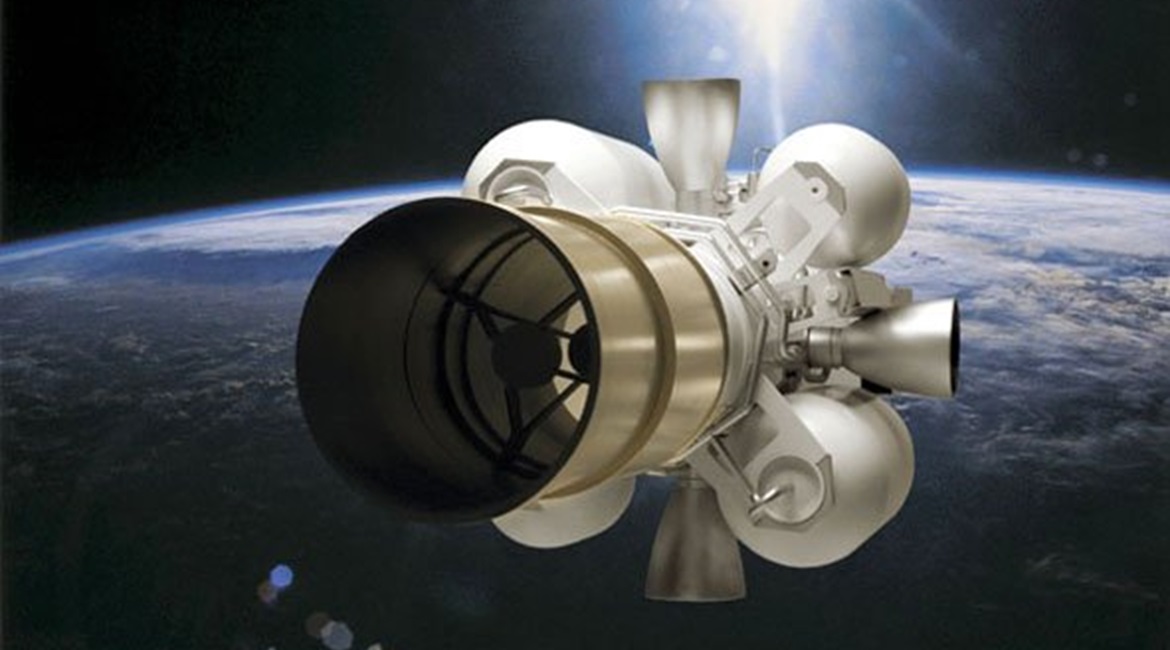
A first-ever salvo test of the US homeland missile defence shield, called the Ground-based Midcourse Defense (GMD) system, achieved a target intercept, according to the US Missile Defense Agency (MDA).
The salvo test – designated FTG-11 – fired two interceptors from Vandenberg Air Force Base in California against one intercontinental ballistic missile- (ICBM)-class target that was launched from “over 4,000 miles away” on Kwajalein Atoll in the Marshall Islands, the agency said.
“This test was the first salvo engagement of a threat-representative ICBM target by two Ground-based Interceptors [GBI], which were designated GBI-Lead, and GBI-Trail for the test. The GBI-Lead destroyed the re-entry vehicle, as it was designed to do,” MDA said in a statement. “The GBI-Trail then looked at the resulting debris and remaining objects, and, not finding any other re-entry vehicles, selected the next ‘most lethal object’ it could identify, and struck that, precisely as it was designed to do.” An unofficial video of the launch appeared to show the GBI-Trail launching about 50 seconds after the GBI-Lead.
MDA said, “Initial indications show the test met requirements.” It did not say what those requirements were.

An artist’s rendition of the GMD exo-atmospheric kill vehicle. (Raytheon)
There are several iterations of GBIs and it was not clear which were involved in the test. According to MDA budget documents released earlier in March, this test was to use two GBIs fitted with the newest version of the exo-atmospheric kill vehicle (EKV). MDA originally planned to use an older version of the EKV alongside a newer one. The older EKV configuration has not been tested since an unsuccessful intercept attempt in July 2013.
Looking to read the full article?
Gain unlimited access to Janes news and more...




